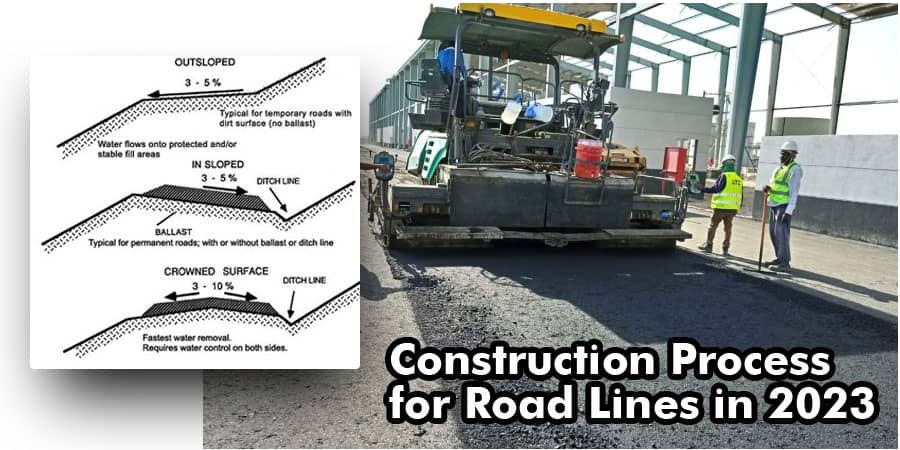Construction Process for Road Lines in 2023: Everything You Need to Know

Introduction
Road lines play a vital role in keeping our roads safe and organized. They help drivers stay in their lanes, indicate speed limits and other traffic rules, and guide pedestrians and cyclists. However, constructing road lines is not as simple as drawing lines on paper. It requires careful planning, skilled workers, and specialized equipment.
In this article, we'll explore the construction process for road lines in 2023, taking into account the latest technologies and best practices. Whether you're a road construction professional, a government official, or a curious citizen, you'll find valuable insights and tips to help you understand and appreciate this critical aspect of transportation infrastructure.
Pre-Construction Phase
- Site Inspection
- Permits and Approvals
- Design and Layout
- Material Selection
- Equipment Acquisition
Surface Preparation Phase:
- Traffic Control
- Surface Cleaning
- Surface Repair
- Primer Application
Line Marking Phase
- Line Type Selection
- Chalk Line Application
- Paint Spraying
- Stencil Placement
- Thermoplastic Application
Drying and Curing Phase
- Temperature Control
- Time Management
- Traffic Control
- Weather Monitoring
Quality Control Phase
- Inspection and Testing
- Compliance Verification
- Defects Correction
- Documentation
Maintenance Phase
- Cleaning and Sweeping
- Crack Sealing
- Reapplication Planning
- Budgeting and Funding
Bullet Points
- The most common materials for road line marking are paint, thermoplastic, and preformed tape.
- Modern road line marking equipment includes spray machines, extruders, and lasers.
- The optimal temperature range for line marking is between 10 and 32 degrees Celsius.
- The drying and curing time for road line markings depends on the material, thickness, humidity, and temperature.
- Regular maintenance of road lines is crucial to ensure visibility, durability, and compliance with regulations.
FAQs
How long does it take to construct road lines?
It depends on various factors such as the size and complexity of the project, weather conditions, and available resources. Typically, it takes a few days to a few weeks to complete road line marking.
Can road lines be marked during rainy or snowy weather?
It's not recommended to mark road lines during extreme weather conditions as it can affect the quality and durability of the markings. However, there are some techniques and materials that can be used to mark road lines in adverse weather conditions.
How often should road lines be maintained?
Road lines should be maintained regularly, at least once a year, to ensure maximum visibility and safety. However, the frequency and extent of maintenance depend on various factors such as traffic volume, weather conditions, and budget constraints.
Conclusion
Construction Process for Road Lines in 2023 is a complex and dynamic process that requires careful planning, skilled labor, and advanced technology. From site inspection to maintenance, every phase of the construction process plays a critical role in ensuring safe, durable, and compliant road lines. By understanding and following the best practices and guidelines, we can create better road infrastructure for the future.
